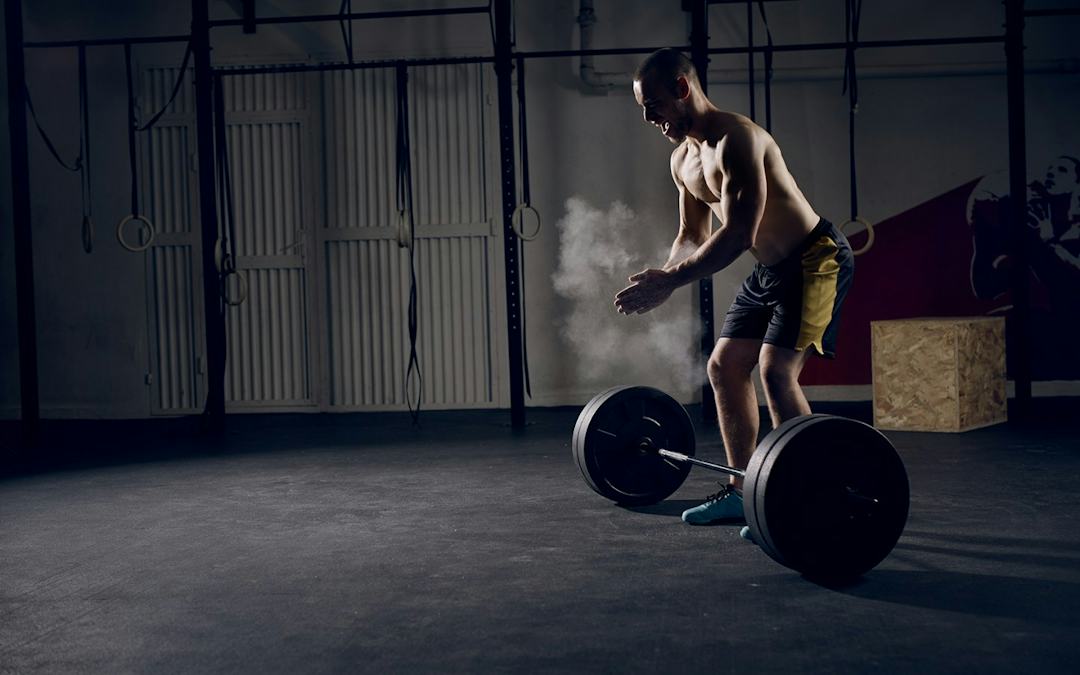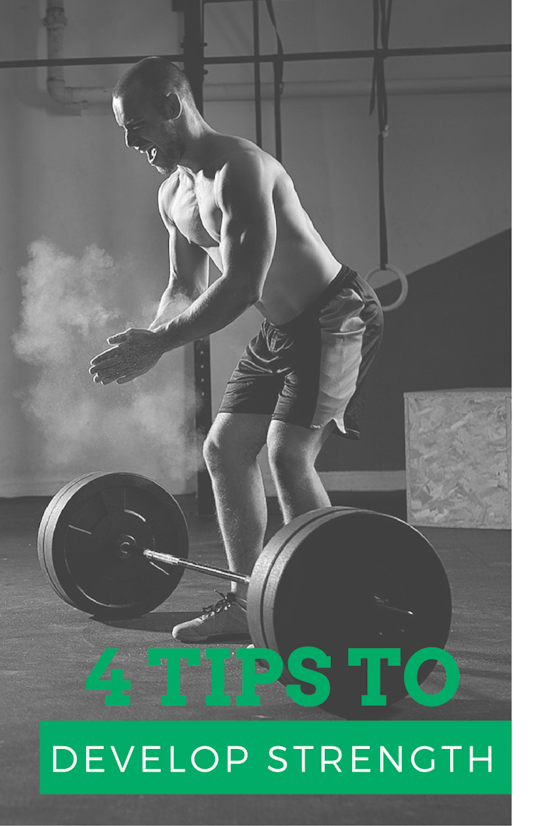When I look at people’s programs when they ask for my help, nine times out of ten I see way too much conditioning work and not enough strength work.
Circuits, interval training, met-cons, and finisher-like workouts are no doubt fun, but when you neglect your main strength training focus, that’s where you fail.
People tend to do what’s fun and exciting versus what they know they need to do, which is attacking your weaknesses. With this in mind I want to discuss what strength training really is and some major key points to focus in on.
First off, strength is KEY. If you’re an athlete, you need to be strong. If you don’t compete in sports you still need to be strong. Strength is a necessity. Period.
Because, honestly, WHO wants to be weak? The truth is, having a good base of strength will cross over to everything else you do. Some benefits of strength training include:
● Improved Skill (way more efficient at basic to complex movements)
● Lower Risk of Injury
● Overall Conditioning Improvement
● Simply put: Strong People are way more useful and harder to kill
I feel there’s a lot of different definitions of what strength can be, in that strength isn’t only applied to just pure heavy lifting and training, but can be applied to strength of character, a tough mindset, overall physical effort, etc; that’s of a whole other level of discussion, which I won’t get into, but I felt it was important to note. Now, here are the key points of muscular strength training.
Muscular Strength Training Point #1: Progression
You should know just as well as I do that if you want to get stronger, you’ll have to start out somewhere. Instead of just getting super strong overnight, gaining strength and getting strong as hell takes time.
You’ll have to progress meaning that you’ll have to build yourself up to the next level. For instance, if you have never Deadlifted before or you’re trying to get stronger in the Deadlift, you’ll want to take some specific progressions to get there.
For me, I coach it like this:
● Kettlebell Deadlift
● Trap Bar Deadlift
● Barbell Sumo Deadlift
● Barbell Deadlift and so on…
The main point of this key is to use proper progressions for building strength. This can be applied to all movements (and should be).
Muscular Strength Training Point #2: Consistency
Moving on in the last key in regards to progression, if you want to build some serious strength. (I’m talking RAW TITAN like force.) you’ll have to be consistent with your training.
As I mentioned, progressions take time to build and the biggest factor in staying on target is that of consistency. You’ve got to be patient and you’ve got to stay focused. If you miss training sessions or get lazy, your strength will suffer for it quick.
Muscular Strength Training Point #3: Periodization
Now get this, when you combine both consistency and progression together that’s when you get the concept of periodization. In short, periodization is having a “plan” or “method to your mayhem” when it comes down to how you’ll be attacking your strength training.
Without a plan, you plan to fail. There are many forms of periodization, but one thing that’s for certain is that they all take consistent progression (re-read keys #1 and 2).
One of my favorite forms of periodization techniques is using a blend of what Westside Barbell does with the “conjugate method”.
I apply this to all my programs because it’s done the absolute best in helping gain overall strength while not losing any other qualities (like overall conditioning).
In short what i’ll do is program in different main strength movements for a span of 3-4 weeks which will serve as mini cycles of strength training.
For an example, let’s take the Front Squat (which is one of the first progressions I use to help people get a better and stronger Back Squat).
If we’re doing the Front Squat within a cycle, I’ll typically do sets of 3-5 for the first week, then depending on how overall progress goes, we may do sets of 3 in week 2 and 3, then depending on the experience and overall fitness level of the athlete or client being trained, we may get into some heavy 1’s and 2’s for week 4.
If not we de-load for week 4 then go back into another 4 week cycle using a different squat variation. If we go 4 weeks of progressive loading, i’ll de-load on week 5 then repeat that same 3-4 week progressive cycle.
The process just keeps rolling we just keep getting stronger.
Just note that it all depends on the athlete and their progress goes over the course of a mini-cycle, and honestly, it never fails to get their numbers to increase.
Muscular Strength Training Point #4: Quality
If you want to keep your gains with strength constant and consistent, one of your #1 focuses will be put towards QUALITY.
When I say “quality,” I’m referring to quality of movement where every rep and every set you attack needs to be done with solid form and technique.
This typically means that you take planned rest periods between sets which is a major difference that strength and conditioning requires little to no rest.
What a lot of lifters tend to do wrong when trying to build strength is they focus more on QUANTITY then QUALITY by not resting enough between sets.
This is a mistake, because if you don’t allow your body to rest sufficiently enough between heavy sets, you won’t be able to be in control of heavier weight and your form will suffer, resulting in a low quality set.
Depending on your fitness level, it may take you longer to recover between heavy strength sets than the next guy (or girl).
I typically recommend only about 2 minutes between maximal sets, but will string it out to 3 minutes in order to allow the body to recover for another high quality set. It all depends on you.
If you can get away with shorter rest breaks, and still maintain quality form and technique, more power to you.




)





